Tomato diseases in pictures
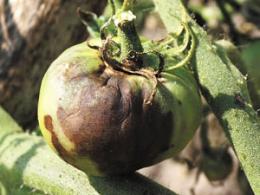
Unfortunately, plants are susceptible to various diseases, especially cultivated ones, just like people and animals. Today we will look tomato diseases in pictures and let's talk about why they arise. The most common of them is late blight. In unfavorable years, when sudden temperature changes begin in the fall, the fruits begin to turn black and rot. The disease is transmitted through contaminated soil, contaminated seeds and even by airborne droplets. Spores can be carried by air currents, even if the source is located 300 km away. This disease is payback for unusual living conditions; it never develops in warm sunny weather.
Gray and white rot usually affects greenhouse plants. The cause may be increased air humidity and too acidic soil. In this case, you should regularly ventilate the greenhouse, remove the affected parts of the plants and treat the tomatoes with a mixture of copper sulfate and lime.
Apical rot affects the tops of plants and still green fruits. It develops due to a lack of calcium. It can be easily prevented by regularly applying calcium root and foliar fertilizers.
Penicillosis, The causative agent of which is a fungus that appears as a result of mechanical damage to the fruit.
Septoria It mainly affects the stems and leaves of plants. Light spots with a dark rim appear on them. It spreads through contaminated soil or seeds. And rapid spread is facilitated by intense heat and high humidity.For treatment, the plant is sprayed with copper oxychloride with the addition of a soap solution.
Tomatoes and powdery mildew, which are infected through soil or. Powdery mildew can appear on stems and leaves at any time during the growing season. In this case, weekly spraying with colloidal sulfur helps. Well, of course, in the fall, the remains of diseased plants should be burned.
Late blight, gray rot, blossom end rot, septoria - these tomato diseases in pictures are attached to this article.

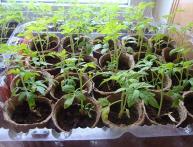
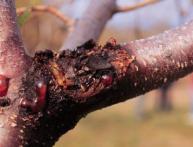


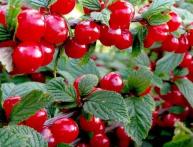
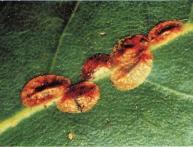
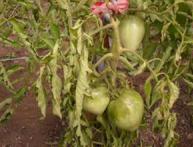

Comments
This year we planted tomatoes for the first time. As a result, 1/3 developed the disease as in the second picture from the bottom. We tried spraying with copper sulfate, but it didn’t help. What other measures can be taken?
and this year I had the same problem as in the second picture, and they processed it, but they still come across